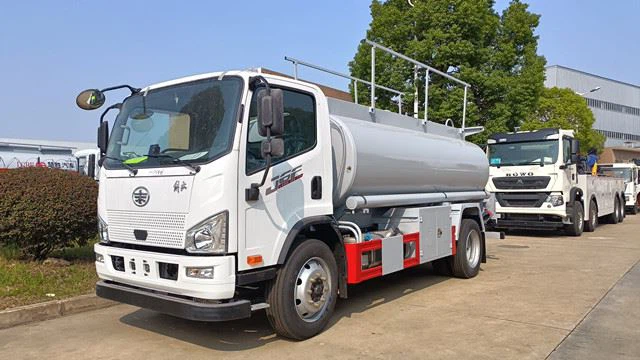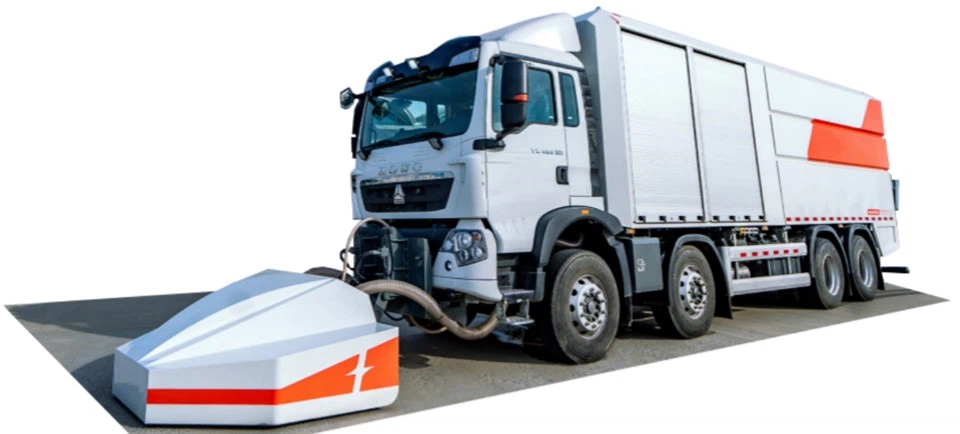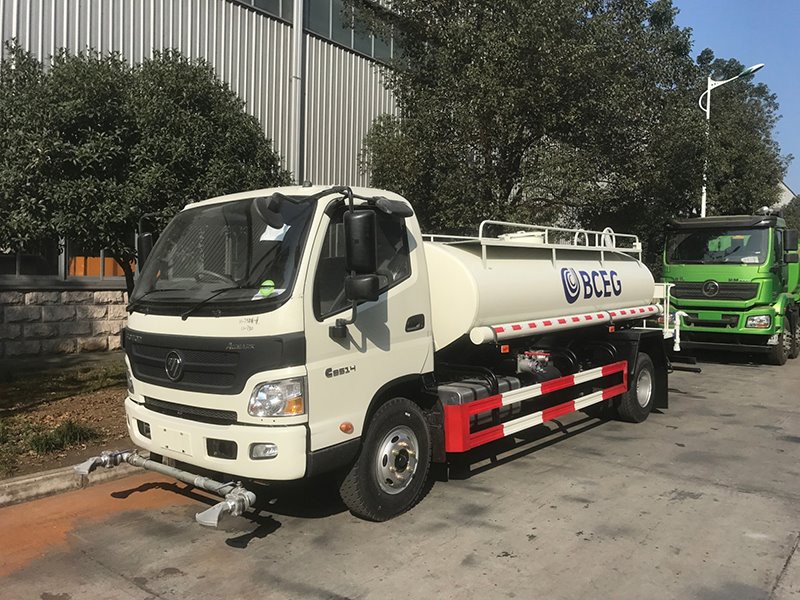Exploring Different Cabs on Trucks: A Comprehensive Guide

In the world of trucking, the cab is more than just the driver’s seat; it is the very heart of the vehicle. Truck cabs come in various shapes and sizes, each suited for different purposes, preferences, and driving conditions. Choosing the right cab can significantly impact a driver’s comfort, efficiency, and overall experience on the road. This article delves into the different types of cabs found on trucks, their features, advantages, and practical tips for selection.
1. Understanding Truck Cabs
What is a Truck Cab?
A truck cab is the compartment where the driver sits, controls the vehicle, and often includes space for passengers. It can differ significantly in design and functionality based on the truck’s purpose.
Types of Truck Cabs
Truck cabs can be broadly categorized into several different types, including:
- Regular Cabs
- Extended Cabs
- Crew Cabs
- Flat Cabs
- Day Cabs
2. Regular Cabs
Overview of Regular Cabs
Regular cabs, also known as standard cabs, are single-cab designs that typically accommodate two to three occupants. They offer a straightforward and functional layout favored by many truck enthusiasts.
Benefits of Regular Cabs

- Simplicity: Fewer complexities in design make them lightweight and easier to handle.
- Cost-Effective: Generally, regular cabs are less expensive than larger cab types.
- Visibility: Offers better visibility due to a smaller frame.
Practical Example
The Ford F-150 Regular Cab is a prime example, suitable for those requiring a work truck for hauling or towing in urban environments.
3. Extended Cabs
Overview of Extended Cabs
Extended cabs feature a longer cabin and typically accommodate the driver and up to four passengers. They often have additional small rear seats and may be equipped with rear-hinged doors for easier access.
Benefits of Extended Cabs
- More Space: Provides extra room without the full commitment of a crew cab.
- Versatility: Excellent for both work and family use.
Practical Example
The Chevrolet Silverado 1500 Extended Cab is a popular choice among users who need a balance between functionality and comfort for short drives.
4. Crew Cabs
Overview of Crew Cabs
Crew cabs are the most spacious of all cab types, providing comfortable seating for up to six passengers. This type is ideal for families or those regularly traveling with teams.
Benefits of Crew Cabs
- Roominess: Generous backseat space allows for passenger comfort.
- Accessibility: Four full-sized doors for easy access.
- Utility: Combines passenger capacity with cargo space.

Practical Example
The Ram 1500 Crew Cab is an excellent option for those looking for maximum versatility, usable both for daily commuting and heavy-duty workload.
5. Flat Cabs
Overview of Flat Cabs
Flat cabs, often referred to as chassis cabs, come without a fixed truck bed and can be equipped with various specialized bodies for diverse applications like delivery, utility, or tow trucks.
Benefits of Flat Cabs
- Customization: Allows for diverse configurations to meet specific business needs.
- Robust Framework: Built on a sturdy chassis to accommodate different payloads.
Practical Example

The Ford F-Series Super Duty Chassis Cab can be customized with box trucks, dump bodies, or ambulances, proving its versatility.
6. Day Cabs
Overview of Day Cabs
Day cabs are trucks designed for short-haul trips, lacking sleeping accommodations. They are primarily used for local deliveries and are optimized for maneuverability.
Benefits of Day Cabs
- Fuel Efficiency: Usually lighter and more aerodynamic.
- Maneuverability: Easier to drive in urban settings.
- Lower Cost: Generally cheaper than long-haul cabs that require additional features.
Practical Example
The Freightliner Cascadia Day Cab is a popular choice for companies focused on urban logistics with its agile design.
7. Cab Selection Factors
Choosing the Right Cab
When selecting a truck cab, several factors can influence your decision:
- Purpose: Assess how you plan to use the truck.
- Passenger Capacity: Consider how many people you typically transport.
- Comfort: Test seating style and space during the selection process.
- Features: Look for desirable amenities such as air conditioning, sound systems, and technology packages.
8. Comfort and Features in Truck Cabs
Common Features
Today’s truck cabs are equipped with state-of-the-art features that enhance comfort and safety, including:
- Air Conditioning
- Navigation Systems
- Cruise Control
- Bluetooth Connectivity
Tips for Enhancing Comfort
- Invest in Seat Covers: Quality seat covers can improve comfort over long distances.
- Maintain Hygiene: Regularly clean the cab for a pleasant atmosphere.
- Use Ergonomic Accessories: Steering wheel covers and lumbar support cushions can enhance comfort.
9. Safety Considerations
Safety Features in Truck Cabs
Safety is paramount when operating a truck. Modern truck cabs often include:
- Advanced Driver Assistance Systems (ADAS)
- Airbags
- Reinforced Cab Structures
Practical Safety Tips
- Regular Maintenance: Ensure that all safety features are functioning correctly.
- Stay Informed: Keep abreast of safety recalls or updates from truck manufacturers.
- Wear Seat Belts: Always buckle up for every journey.
10. Frequently Asked Questions (FAQs)
What is the difference between a crew cab and an extended cab?
A crew cab typically has full-sized rear doors and more spacious seating, accommodating up to six passengers, while an extended cab has smaller rear doors and usually accommodates fewer passengers.
What type of cab is best for long-haul trucking?
For long-haul trucking, sleeper cabs are the best choice as they provide resting accommodations for drivers during extended trips.
Are flat cabs more versatile than other cab types?
Yes, flat cabs are designed to be highly versatile, allowing customization for various applications beyond standard truck use.
What are the advantages of day cabs over conventional cabs?
Day cabs are more fuel-efficient, easier to maneuver, and less expensive than conventional cabs designed for long-haul trips which include sleeping accommodations.
Is it cheaper to insure different truck cab types?
Insurance costs can vary based on the type of cab, vehicle usage, and driver history. Generally, simpler and smaller cabs may lead to lower insurance premiums.
How can I increase the comfort level in my truck cab?
To increase comfort, invest in ergonomic accessories, maintain cleanliness, and ensure proper ventilation and climate control.
